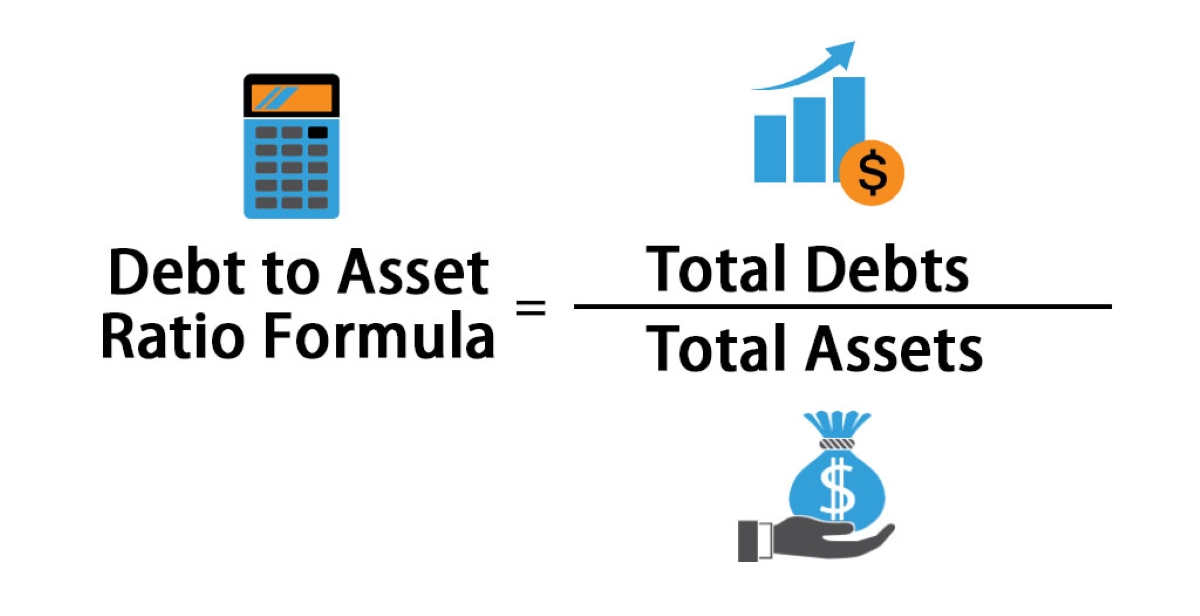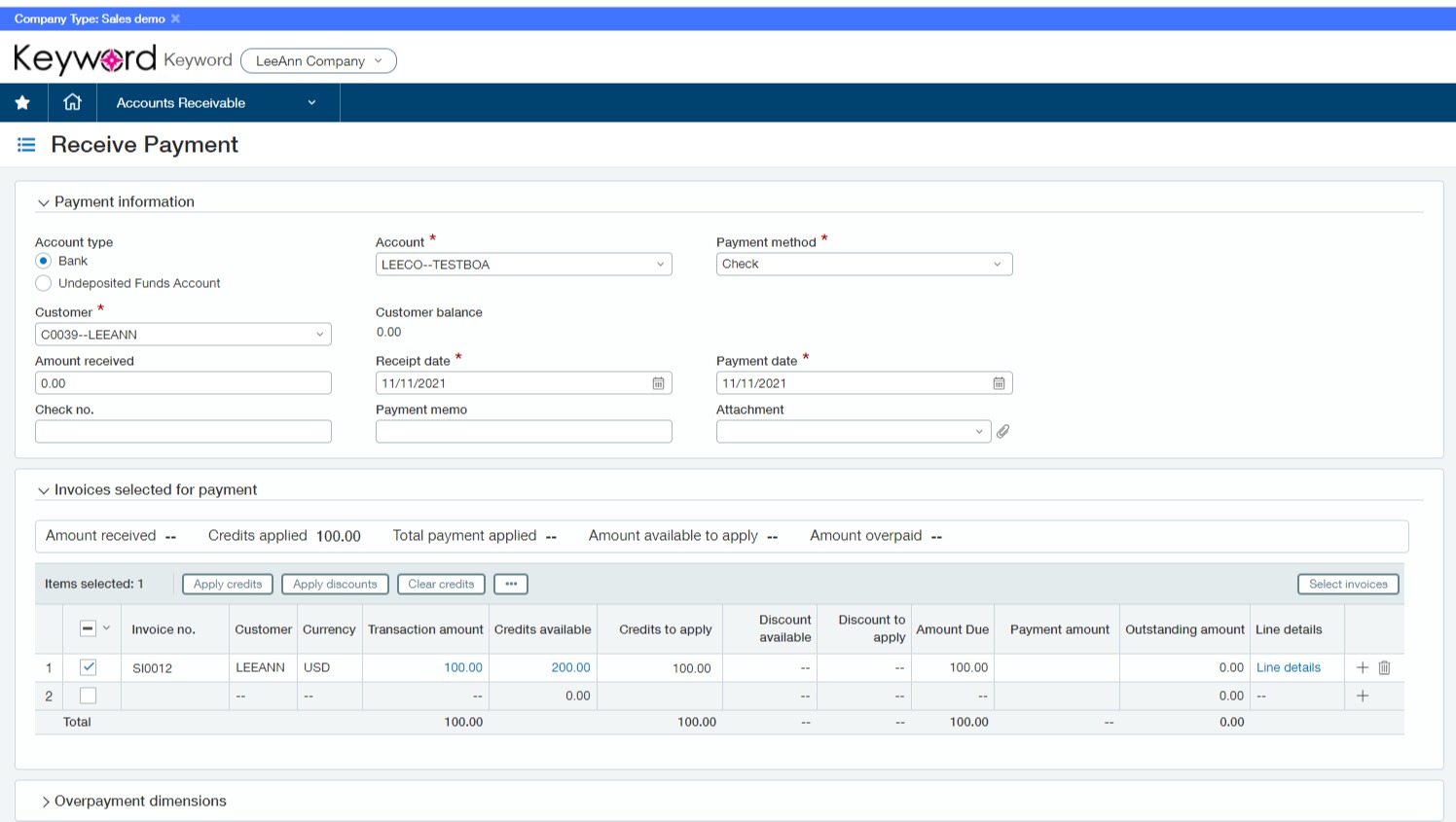Home>Finance>Front-End Debt-to-Income (DTI) Ratio: Definition And Calculation


Finance
Front-End Debt-to-Income (DTI) Ratio: Definition And Calculation
Published: November 28, 2023
Learn how to calculate and understand the front-end Debt-to-Income (DTI) ratio in finance. Explore its definition and importance in managing finances.
(Many of the links in this article redirect to a specific reviewed product. Your purchase of these products through affiliate links helps to generate commission for LiveWell, at no extra cost. Learn more)
Front-End Debt-to-Income (DTI) Ratio: Definition and Calculation
Welcome to another informative blog post in our Finance category! Today, we are going to discuss a crucial concept in personal finance called the Front-End Debt-to-Income (DTI) Ratio. Have you ever wondered how lenders assess your ability to repay a loan? Understanding the Front-End DTI Ratio is the key to unlocking this mystery! So, let’s dive right in and demystify this important financial metric.
Key Takeaways:
- The Front-End Debt-to-Income (DTI) Ratio measures the percentage of your gross monthly income that goes towards housing expenses.
- Lenders often use this ratio to evaluate the affordability of a mortgage or home loan.
What is the Front-End DTI Ratio?
The Front-End DTI Ratio is a financial indicator used by lenders to determine an individual’s eligibility for a mortgage or home loan. It calculates the percentage of your gross monthly income that will be allocated towards housing expenses, including mortgage payments, property taxes, and homeowners insurance.
By evaluating your Front-End DTI Ratio, lenders can gain insight into your financial stability and capacity to manage monthly housing costs. This ratio helps them assess whether you have the ability to comfortably afford the mortgage you are seeking.
How to calculate the Front-End DTI Ratio:
Calculating the Front-End DTI ratio is a simple process. To get started, follow these steps:
- Calculate your gross monthly income: This includes your regular salary or wages before taxes and deductions.
- Add up your monthly housing expenses: Include your mortgage or rent payments, property taxes, and homeowners insurance.
- Divide your total monthly housing expenses by your gross monthly income.
- Multiply the result by 100 to get the percentage.
The resulting percentage is your Front-End DTI Ratio. For example, if your monthly housing expenses amount to $2,500 and your gross monthly income is $5,000, your Front-End DTI Ratio would be 50%.
Why is the Front-End DTI Ratio important?
Lenders use the Front-End DTI Ratio as a crucial factor in evaluating your loan application. This ratio provides insight into your financial situation, helping lenders determine if you can comfortably afford homeownership without becoming overburdened by housing costs.
A Front-End DTI Ratio within an acceptable range strengthens your chances of securing a mortgage with favorable terms and interest rates. When your Front-End DTI Ratio is high, it may indicate a higher risk for lenders, potentially resulting in loan denials or less favorable loan terms.
The Bottom Line
Being familiar with financial ratios like the Front-End DTI Ratio is essential for anyone interested in applying for a mortgage or seeking to understand their overall financial health. By knowing your Front-End DTI Ratio, you can take proactive steps to improve it if necessary, ensuring you are on the path to achieving your homeownership dreams.
We hope this blog post has shed some light on the Front-End Debt-to-Income Ratio. Remember, always stay informed and make financially responsible decisions. Stay tuned for more informative content in our Finance category!














